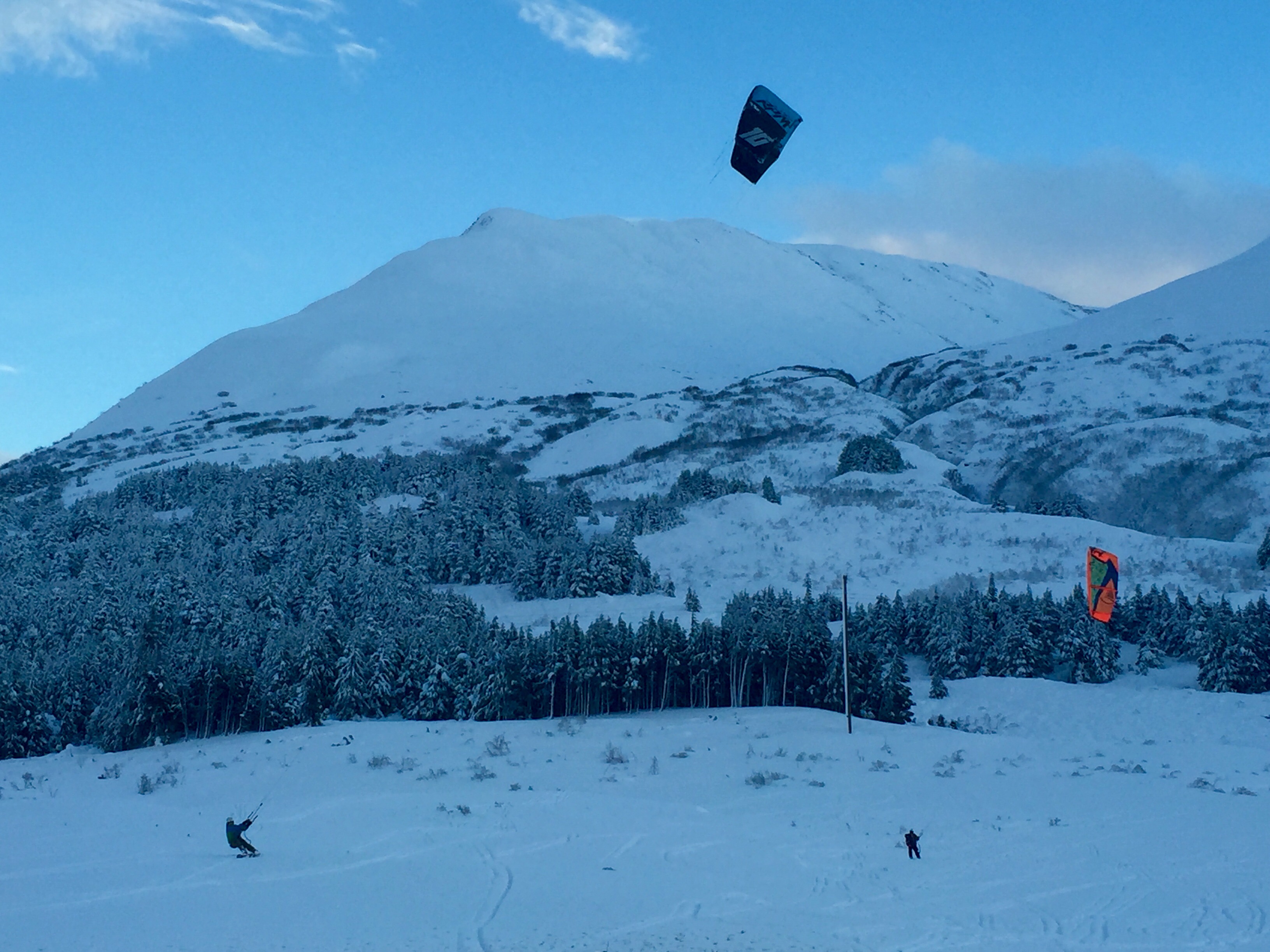Turnagain Pass
|
|
A CONSIDERABLE avalanche danger exists in the backcountry today above 1,000′. Strong winds and new snow have added substantial weight to a tenuous snowpack with known weak layers where potential exists to trigger a wind slab 3+ feet deep on leeward slopes (West and South). Cornices are also growing quite large and are a legitimate concern whether you find yourself above or below one of these behemoths. Cautious route finding and conservative decision-making will be essential today as you move through the backcountry.
Below treeline the danger is MODERATE specifically in channeled terrain where an avalanche releasing high above you can run into the low elevations.
FCNFAIC is now accepting applications for TWO NEW scholarships! Both scholarships are for avalanche education up to $500. One will be awarded to a snowmachiner and the other to a skier or non-motorized user.
Please include in your application: name, mailing address, your financial need and how you plan to spread avalanche awareness to your community post-award. Applications due by 10PM on January 6th. Please send your applications to chugachavyfriends@gmail.com
The Friends-CNFAIC board looks forward to hearing from you!

